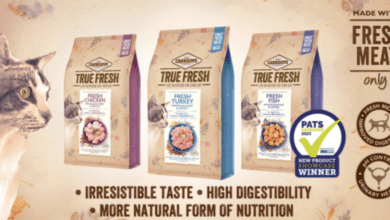Exploring animal welfare

We previously looked at the core principles of expanding animal welfare through the ‘Three Parameters of Overall-Nutrition’ and similarly how we can further expand upon these 3 core parameters of life with the linked ‘Five Layers of Enrichment’. These were suggested as a reminder as being; Nutritional supply, place in the ecosystem, social, the senses and physical.







